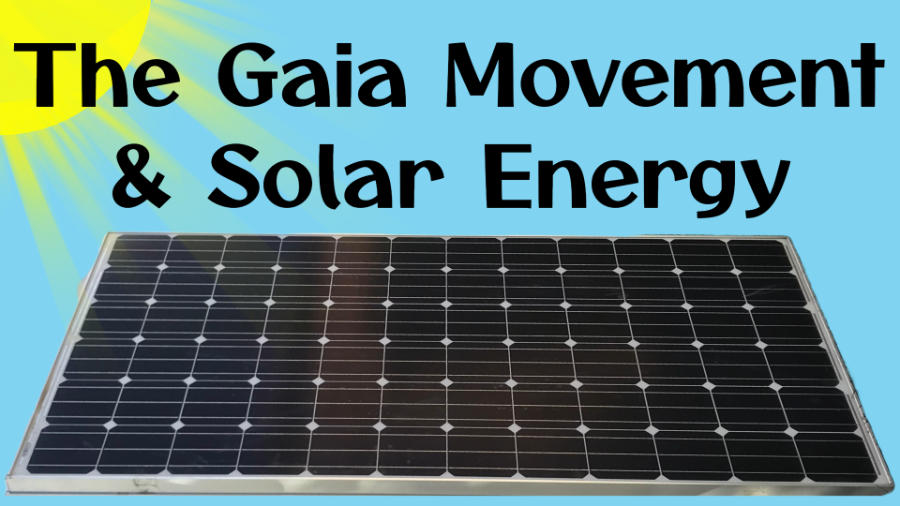The 2018 wildfire season is the most destructive wildfire season on record in California, with a total of 7,983 fires burning an area of 1,824,505 acres, the largest amount of burned acreage recorded in a fire season, according to the California Department of Forestry and Fire Protection and the National Interagency Fire Center, as of November 30.
The spread and intensity of the wildfires raging in California call for a far higher level of fire prevention, containment and disaster management than the state has had previously. No doubt about that.
There are multiple reasons why wildfires are getting more severe and destructive including forest management, house building regulations, land-use regulations, utility installations and codes, insurance practices plus many more including the mindset and alertness of the communities.
But what is driving the wild fires?
According to the latest U.S. National Climate Assessment (go to: https://nca2018.globalchange.gov/) , released on November 23 this year, higher temperatures and earlier snow melt are extending the fire season in western states. By 2050, according to the report, the area that burns yearly in the West could be two to six times larger than today.
Increasing wildfire risk is already the reality for much of the western United States, particularly in California, the Pacific Northwest, the mountains of the desert Southwest and the Southern Rockies, where warmer temperatures and drier conditions are major contributors. As the climate continues to warm, elevated risks of forest stress and die-off, vegetation transformation and wildfire will spread across the United States.
But moreover, raging wild fires, is becoming a global problem and needs to be addressed like that urgently and by ALL countries and governments in the world.








